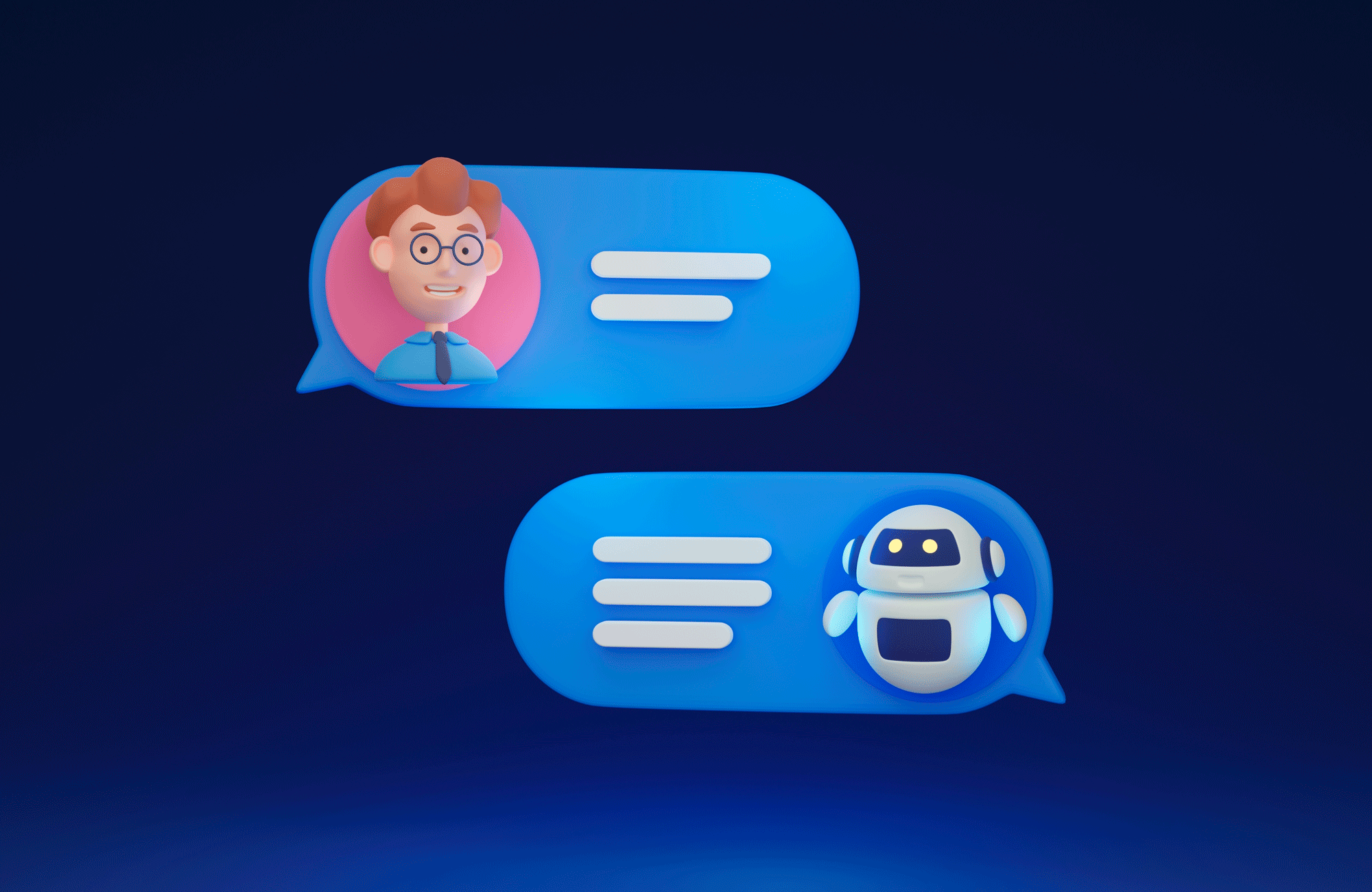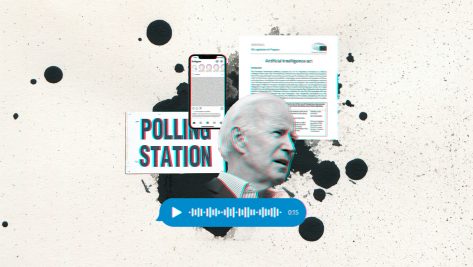Lately, ChatGPT has garnered widespread attention and admiration, with discussions centered on its benefits, drawbacks, and limitations, and involving a diverse range of stakeholders, including academics, politicians, students, business leaders, and policymakers.
A transformer-based language model developed by OpenAI – a research company founded in 2015 by Elon Musk, Sam Altman, Greg Brockman, Ilya Sutskever, Wojciech Zaremba, and John Schulman – ChatGPT has achieved state-of-the-art performance in various natural language processing tasks, such as question answering, text generation, and document classification. The model has a large capacity, with more than 175 billion parameters, and has been fine-tuned on a broad spectrum of Internet text sources and data, making it capable of handling a wide range of topics and generating coherent, informative, and congruent responses.
One of the most popular applications of ChatGPT is in conversational AI (Artificial Intelligence), since it is capable of building chatbots for different purposes, like customer service, virtual assistants, tutoring activities, document assessment, consulting, research, and other conversational interfaces.
Chatbots powered by ChatGPT can provide human-like responses to user queries, allowing companies to automate customer service and improve the overall user experience. Other uses include producing and curating relevant information for academic exercises, general queries, and even scientific investigation.
Another application of ChatGPT is in content generation, such as creating news articles, summaries, essays, product descriptions – and even poetry. The model can be fine-tuned on specific text genres and styles, making it possible to produce high-quality, coherent, and on-topic content. This can be useful for a diverse array of businesses or individuals looking to automate content creation, while freeing up time and resources for more creative tasks or philosophical endeavors.
ChatGPT is also great at text classification, for example with tasks such as sentiment analysis, topic grouping, and fake news detection, and the model can be fine-tuned on labeled text data to accurately categorize text into different classes and segments. This can come in handy in various industries such as finance, marketing, and politics, among others, to monitor, scrutinize, and understand public opinions and trends.
These AI systems are here to stay, so we best embrace them, optimize their potential, and try to get the best out of them.
The AI model is a fantastic productivity tool, that has an extensive variety of applications, and that certainly goes beyond text editing or note taking. It offers rigorous and fast options for text completion, including auto-finishing sentences, paragraphs, or even entire articles. It can generate text suggestions in real-time, allowing users to complete their writing faster and more efficiently as it reviews, and corrects spelling and grammar simultaneously.
ChatGPT and other machine-learning-based AI large language models (LLM) autonomously learn from online information, using a vastly immense pool of data, in order to produce seemingly intelligent original content. The more detailed the question or instruction, the more sophisticated and accurate the answer (or end product).
Naturally, these ground-breaking models have a variety of potential uses, including but not limited to:
Research on Natural Language Processing (NLP) and Machine Learning (ML): ChatGPT is a superb research tool to study NLP and ML tasks. It can be fine-tuned on specific duties, or used to evaluate the performance of other models and digital ecosystems.
Sentiment Analysis and Opinion Mining: ChatGPT can be used to study sentiment and opinion expressed in text data, such as product reviews, social media posts, and news articles. It works well at identifying positive, negative, or neutral expressions and at extracting insights about public opinion and trending topics.
Text Mining and Information Retrieval: ChatGPT can extract information from large amounts of text data, such as blogs, articles, scientific papers, and social media posts. The model is great at pinpointing key topics, summarizing specific information, and gathering ideas from online data.
Human-Computer Interaction: ChatGPT is capable of building conversational bots for human-computer interaction, such as chatbots and virtual assistants. It can also be used to study how users interact with conversational AI bots and how they can be improved.
Language Translation and Multilingual Applications: ChatGPT can build language translation models, making it possible to translate text between different languages, as well as to construct multilingual applications, such as chatbots that can handle multiple languages in different scenarios.
Even though ChatGPT is -for now- the best of its kind, there are other similar AI language models, such as Google’s -soon-to-be-released Apprentice Bard (former Lambda), Meta’s OPT (Open Pretrained Transformer), Jasper, Replika, Bloom, Character.ai, Palm, Sparrow (soon to be released), Chatsonic, Chinchilla, ELSA Speak, Megatron, DialoGPT, Playground and Perplexity (that lists the sources it draws from).
These AI systems have the ability to handle with high accuracy a wide range of NLP tasks and provide insights into language and human-computer interaction, making them valuable tools for research and development.
There are several interesting examples of the potential applications, great uses and advantages of ChatGPT in academia; some of these are:
- Automated grading and feedback: ChatGPT can grade assignments, essays and test answers, providing personalized feedback to students.
- Question-answering tool: Students can use ChatGPT to ask for clarification or information about course materials, saving time for instructors who might otherwise be answering the same questions.
- Writing and language coaching: ChatGPT can provide suggestions for writing, grammar, and vocabulary, helping students improve their language and writing skills.
- Study aid: ChatGPT can assist students in understanding and retaining information by providing explanations and answering questions at an incredible speed and significant accuracy.
- Group projects: ChatGPT can facilitate group projects by helping students collaborate on brainstorming, researching, planning and organizing ideas.
- Presentation tool: ChatGPT can generate slides and other aids for presentations, helping students to effectively communicate their ideas.
- Virtual tutoring: ChatGPT can provide virtual one-on-one tutoring for students who need extra help, especially for those in remote or online learning environments.
It is important to note that despite its highly advanced, ChatGPT also has significant limitations and drawbacks that are crucial to acknowledge, understand and consider. Some of the challenges and caveats posed by these models (in an educational setting) are:
- Accuracy and reliability: ChatGPT is not perfect and may sometimes provide incorrect or misleading. Students should be taught to critically evaluate its output and corroborate it with other sources.
- Bias: As a machine-learning model, ChatGPT is trained on data that may contain bias. This can result in biased outputs and perpetuate harmful stereotypes.
- Dependence: Over-reliance on ChatGPT can reduce students’ critical thinking and problem-solving skills, as well as their motivation to actively engage with course materials.
- Lack of creativity: Using ChatGPT for tasks such as writing assignments or generating presentation slides may discourage students from using their own creative thinking and problem-solving skills.
- Privacy and security: Allowing students to use ChatGPT in the classroom raises concerns about data privacy and security, as sensitive information may be shared or leaked.
- Cheating: ChatGPT could be used for academic dishonesty, such as plagiarism or copying answers from the model.
- Technical issues: The use of ChatGPT may be impacted by technical issues, such as network connectivity or software compatibility, which could disrupt the classroom experience.
ChatGPT and other similar models have a wide range of applications in the field of natural language processing, including conversational AI, content generation, text classification, information curation, and narrative completion. Their large capacity and fine-tuning capabilities make it possible to build high-quality language-based applications for various industries and purposes. These AI systems are here to stay, so we best embrace them, optimize their potential, and try to get the best out of them.
© IE Insights.











